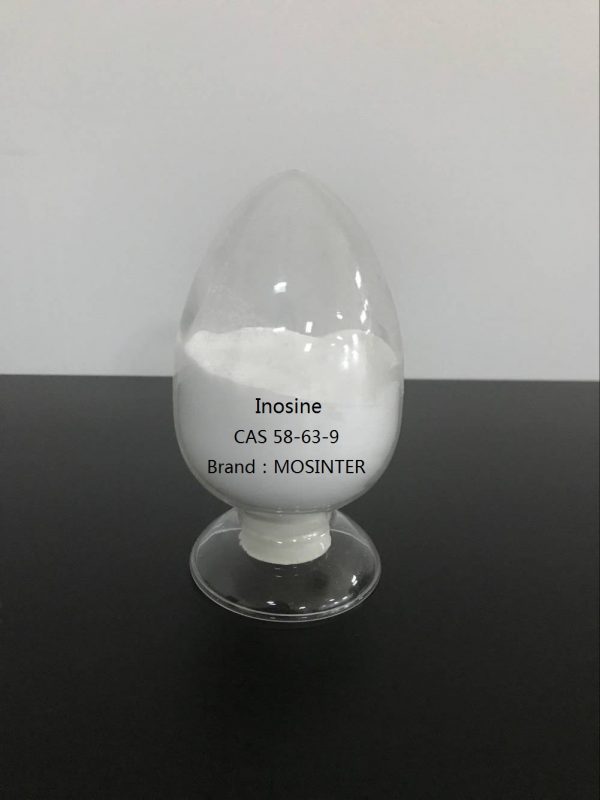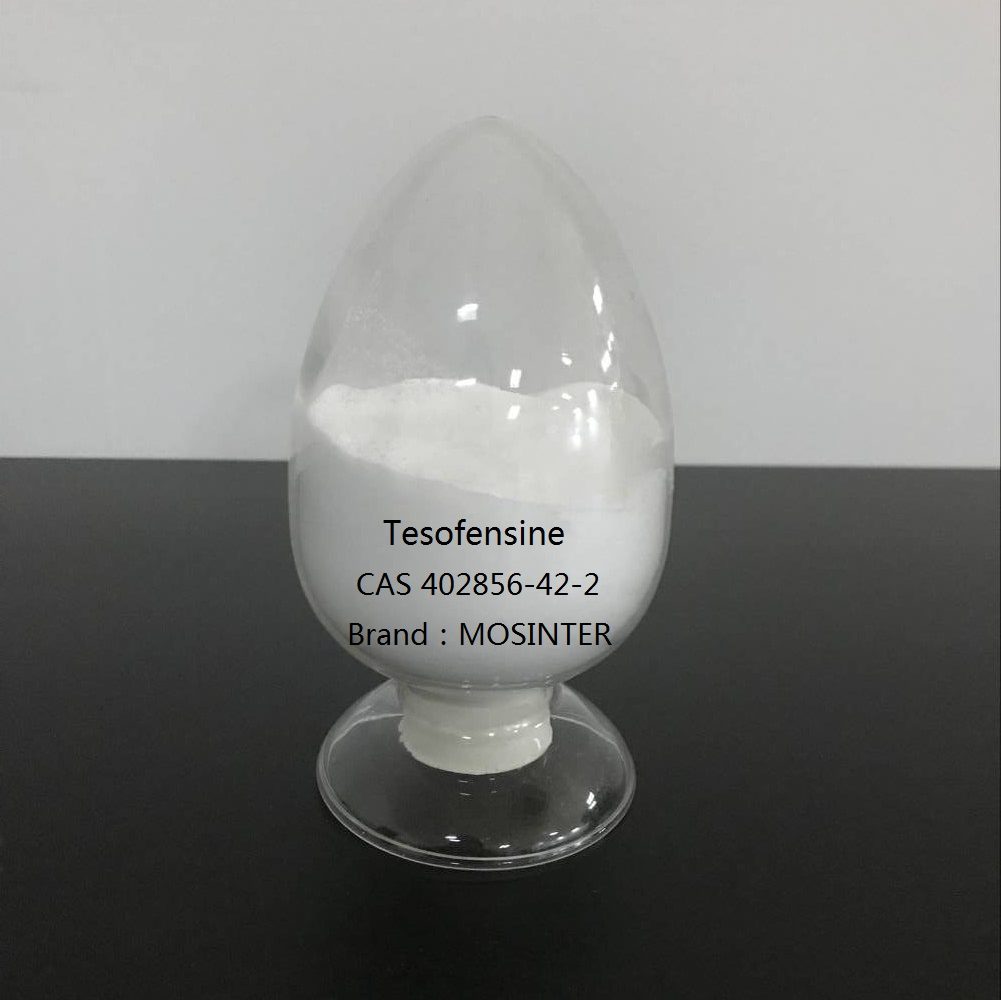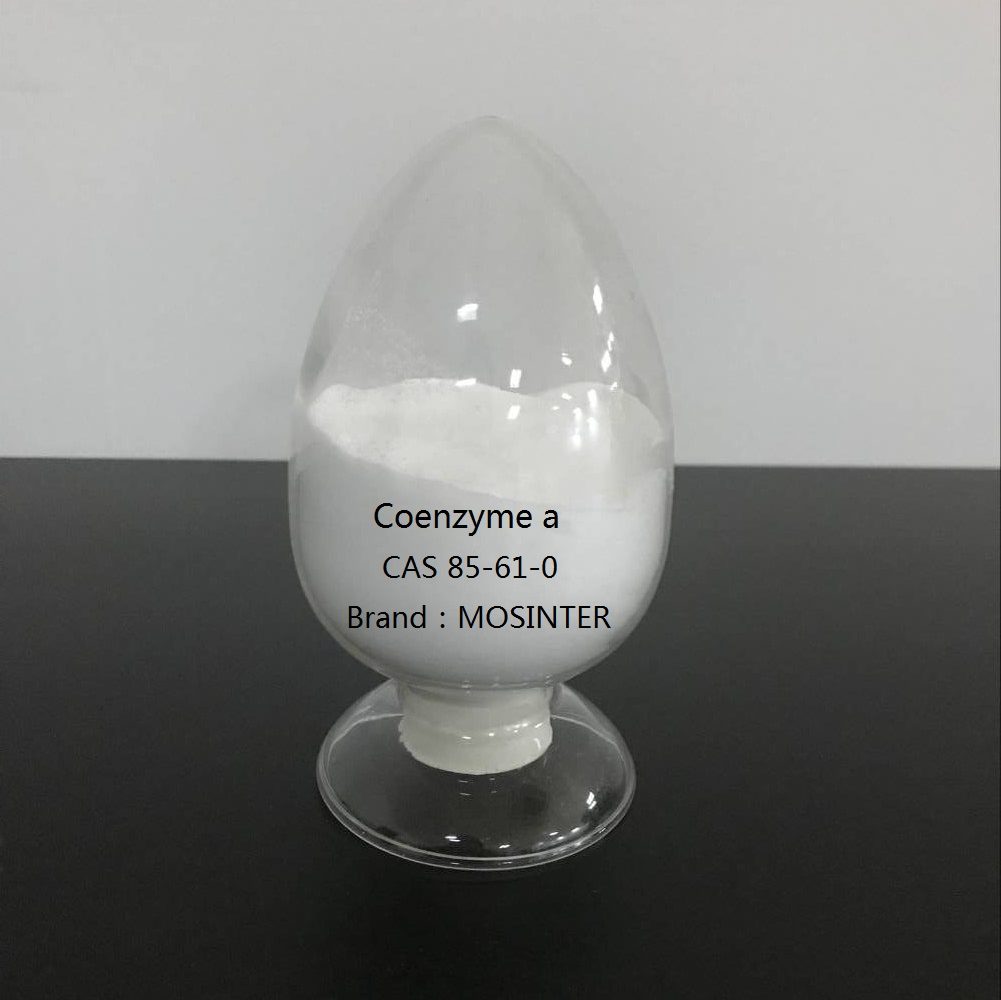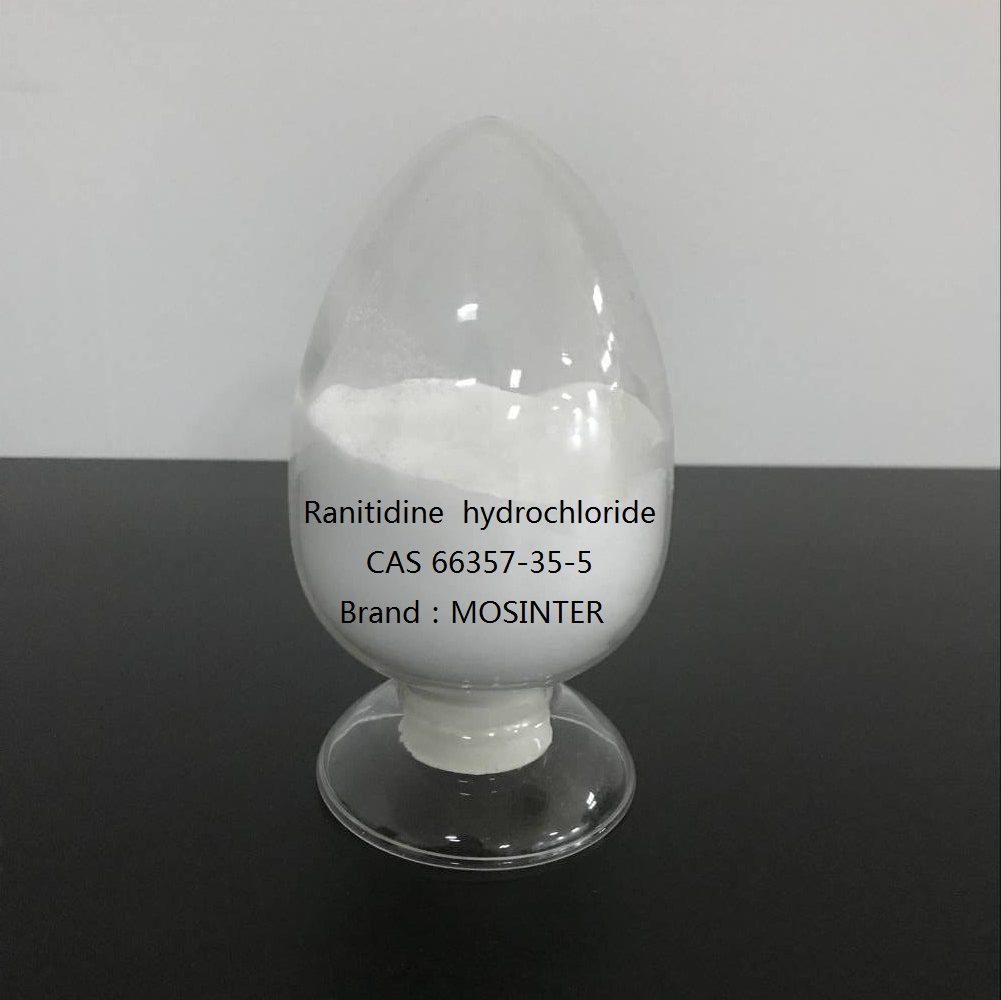| Model: | MOS58-63-9 |
| Place of Origin: | Zhejiang,China (Mainland) |
| cas: | 58-63-9 |
- Have any questions?
- +86-189 8930 5995
- sales@mosinterchem.com.cn
Inosine CAS 58-63-9

Irbesartan CAS 138402-11-6
04/12/2018
Coenzyme a CAS 85-61-0
04/12/2018Inosine (CAS: 58-63-9)
| Item | Index |
| Molecular Formula | C10H12N4O5 |
| Molecular weight | 268.23 |
| Specification | CP/USP/EP |
| Appearance | White crystalline powder |
| Melting point | 222-226 °C (dec.)(lit.) |
| Specific rotation | -49.2 º (c=1,H2O 18 ºC) |
| Boiling point | 226 C (dec.) |
| Refractive index | -52 ° (C=1, H2O) |
| Solubility | 2.1 g/100 mL (20 ºC) |
| Storage Condition | Store at RT. |
Inosine is a nucleoside that is formed when hypoxanthine is attached to a ribose ring (also known as a ribofuranose) via a β-N9-glycosidic bond.
Inosine is commonly found in tRNAs and is essential for proper translation of the genetic code in wobble base pairs.
Knowledge of inosine metabolism has led to advances in immunotherapy in recent decades. Inosine monophosphate is oxidised by the enzyme inosine monophosphate dehydrogenase, yielding xanthosine monophosphate, a key precursor in purine metabolism. Mycophenolate mofetil is an anti-metabolite, anti-proliferative drug that acts as an inhibitor of inosine monophosphate dehydrogenase. It is used in the treatment of a variety of autoimmune diseases including Wegener’s granulomatosis because the uptake of purine by actively dividing B cells can exceed 8 times that of normal body cells, and, therefore, this set of white cells (which cannot operate purine salvage pathways) is selectively targeted by the purine deficiency resulting from IMD inhibition.
Clinical significance
It was tried in the 1970s in Eastern countries for improving athletic performance. Nevertheless, the clinical trials for this purpose showed no improvement. It has been shown that inosine has neuroprotective properties. It has been proposed for spinal cord injury; because it improves axonal rewiring, and for administration after stroke, because observation has shown that axonal re-wiring is encouraged.
After ingestion, inosine produces uric acid that is suggested to be a natural antioxidant and a peroxynitrite scavenger with potential benefits to patients with multiple sclerosis (MS.) Peroxynitrite has been correlated with axon degeneration . In 2003, a study was initiated at the University of Pennsylvania MS Center to determine whether raising the levels of uric acid by the administration of inosine would slow the progression of MS.The study was completed in 2006 but the results were not reported to NIH. A subsequent publication hinted at potential benefits but the sample size (16 patients) was too small for a definitive conclusion. In addition, the side effect of the treatment was the development of kidney stones in 4 out of 16 patients. Thus, additional studies are necessary to prove the treatment’s efficacy.
It is also in phase II trials for Parkinson’s disease. Earlier trials had suggested those with the highest serum urate levels had lower progression of Parkinson’s symptoms. The trial uses inosine to raise urate levels in those with levels lower than the population mean (6 mg/dL).
Alseres Pharmaceuticals (named Boston Life Sciences when patent was granted) patented the treatment for stroke and is currently investigating the drug in the MS setting.
In the Anatomical Therapeutic Chemical Classification System, it is classified as an antiviral.
Biotechnology
When designing primers for polymerase chain reaction, inosine is useful in that it will indiscriminately pair with adenine, thymine, or cytosine. This allows for design of primers that span asingle-nucleotide polymorphism, without the polymorphism disrupting the primer’s annealing efficiency.
You must be logged in to post a review.





Reviews
There are no reviews yet.